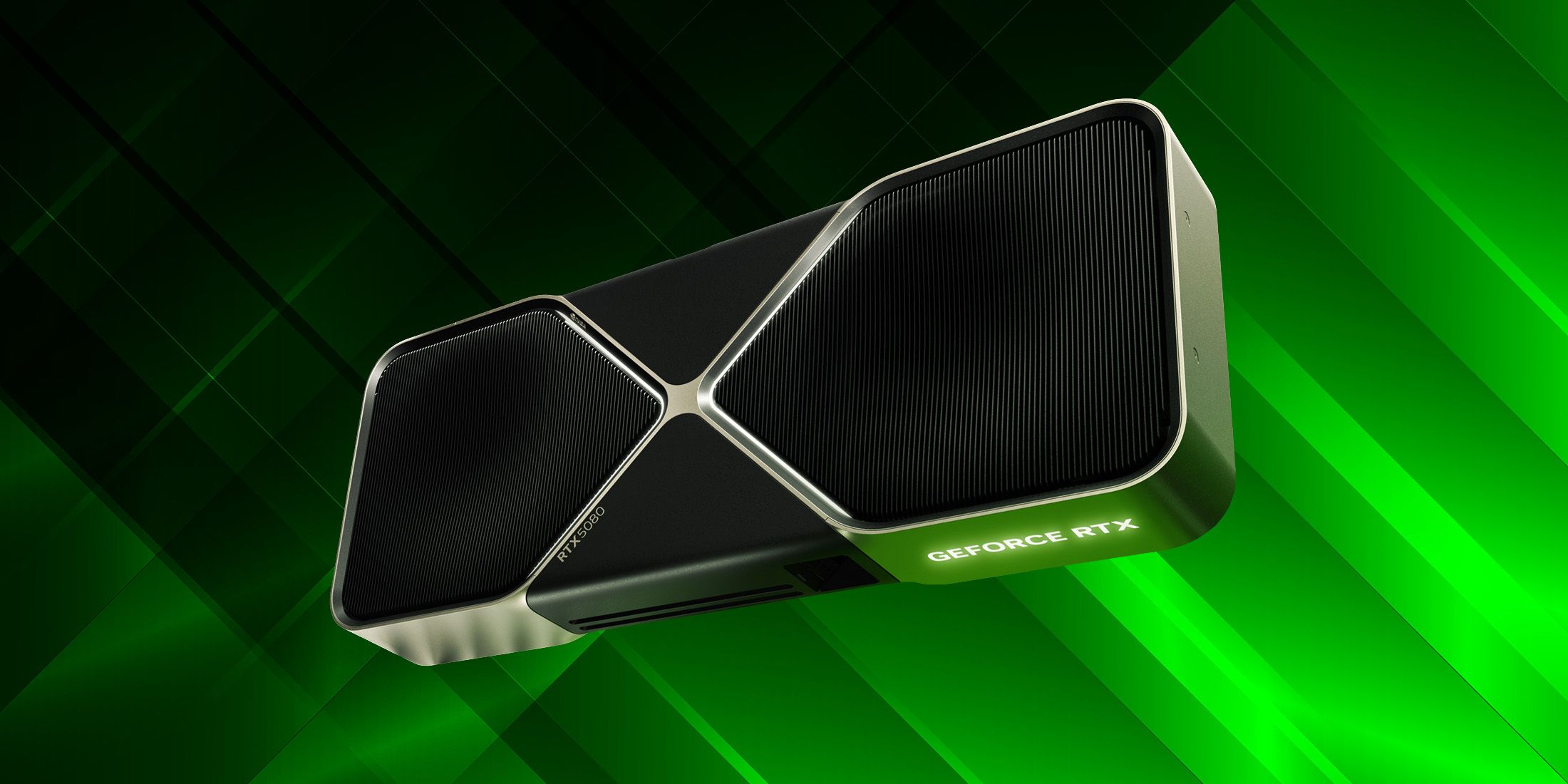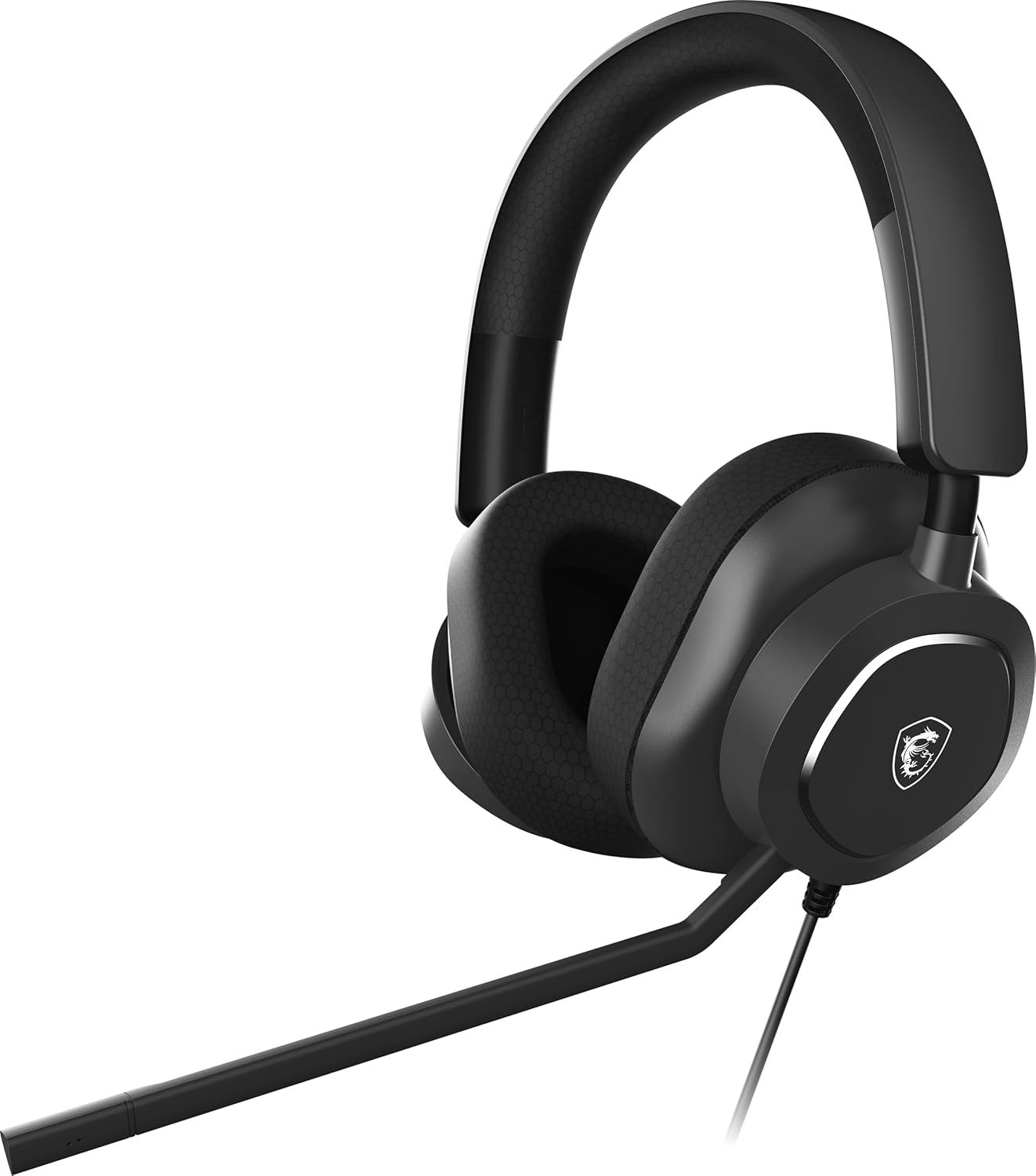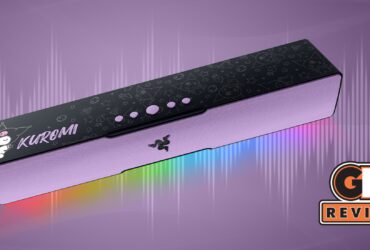A gaming headset needs to provide clear audio, a good microphone, and enough comfort to last through long sessions. The MSI Maestro 300 is a wired USB headset designed for versatility, working across PC, PlayStation, Switch, and mobile devices. With 40 mm neodymium drivers, a detachable cardioid microphone, and two sets of ear cushions, it offers a mix of features that make it great for a variety of gamers. It also includes Nahimic 3D sound technology, which aims to create a more immersive audio experience with virtual surround audio. While it delivers a reasonable balance of sound and build quality, it has trade-offs that may not suit everyone.
At a glance, the Maestro 300 has a lightweight frame and decent functionality. The headset also allows quite a bit of personalization, making it a good option for users who want to adjust comfort and ergonomics. The wired USB-C connection ensures compatibility with modern devices, while the included USB-A dongle expands support to older systems. However, it is not all sunshine and rainbows.
Package Contents
The MSI Maestro 300 comes with a solid range of accessories that add to the overall package. Inside the box, there’s:
- MSI Maestro 300 headset
- USB-A dongle for the USB-C connector
- Protein leather cushions for soft comfort and mesh fabric for breathability
- Detachable cardioid microphone with a bendable design
The two sets of ear cushions are a standout feature, allowing us to swap between leather and mesh fabric depending on comfort preferences. This is not common at all, considering the fairly affordable price point of the Maestro 300. The USB-C connection makes it ready for PC, console, and mobile gaming, supporting platforms like PlayStation, Switch, and Android/iOS, while the USB-A adapter ensures it works with systems that don’t support USB-C natively. We’d consider this connectivity to be on par with the standard headphone jack in terms of versatility, although with different pros and cons. The detachable microphone offers a bendable design for better positioning, making it easier to capture the voice more clearly.

Related
Nvidia GeForce RTX 5080 Founder’s Edition Graphics Card Review
The Nvidia GeForce RTX 5080 is an efficient, sleek member of the latest graphics card line, and the Multi-Frame Generation tech is eye-catching.
Comfort and Build Quality
The MSI Maestro 300’s lightweight design makes it easy to wear for extended sessions, though the clamping force is slightly tighter than ideal. The adjustable headband allows for a good fit across different head sizes, and the swappable ear cushions help fine-tune comfort. While the ergonomic adjustments and customization are impressive, less pressure on the head would significantly improve comfort. The protein leather cushion covers provide a soft and more luxurious feel and are our favorite, although the mesh fabric cushions offer better airflow for longer gaming sessions.
Lightweight and sturdy design
The build quality is decent for the price, with a sturdy closed-back frame. However, the plastic is a little rigid, which is reasonable given the price. The tactile volume adjustment and the mic mute button on the earcup are easy to reach and responsive. While the cable length is 1.5 meters, or around 60 inches, which is standard, it may require an extension for certain setups, particularly if the PC or console is positioned farther away.
The swappable ear cushions are a useful feature for adjusting comfort, even allowing third-party options beyond the two included sets.
For users who frequently switch between different devices, the double USB connection is a welcome addition, allowing for plug-and-play functionality on modern systems. The USB-A adapter ensures older gaming setups remain compatible and the reversible USB-C is more convenient for platforms that support it.

Related
NZXT Capsule Elite Microphone Review
There is a new player in the microphone space for gamers and streamers, the NZXT Capsule Elite, and it brings some impressive features at under $100.
Audio Performance and Virtual Surround Sound
The 40 mm neodymium drivers provide a frequency response of 20–40,000 Hz, covering a wide range of sounds. However, the audio quality isn’t remarkable, and the sound profile leans slightly towards a tinny character. The bass is present but not particularly deep, while highs can sound sharper than necessary in some instances. There’s no noise-canceling technology for loud environments, which is unsurprising for the price, but the microphone supports noise reduction by pattern.
The Nahimic virtual 3D sound technology attempts to enhance spatial awareness, but the effectiveness varies based on the game and platform support. Unfortunately, the surround sound capabilities do not extend to consoles. However, when available, it can help improve directional audio cues, which can be a benefit even in competitive scenarios. As a virtual solution, it doesn’t quite replicate full surround sound as effectively as some higher-end solutions. For casual gaming, it provides enough clarity to improve the distinction between different in-game sounds. Then again, this headset isn’t built for users who look for Hi-Fi sound, which brings us to…
Decent sound for casual gaming, but not for audiophiles
The microphone performs well for clear voice transmission, and the bendable design makes it easy to position. Since it’s detachable, it’s convenient for those who don’t always need a microphone connected. The quality of the recording is good and the tuning is solid, straight out-of-the-box, if balanced audio is what you are looking for. It doesn’t seem to record as loud as some of the other headsets. However, it’s not necessarily all bad, as it might also prevent sound clipping in some instances. It doesn’t filter out background noise effectively if the noise comes from the same direction as the microphone’s input. This means that environments with external sound might require extra adjustments in software. The muting option is important for both gamers and game streamers, allowing breaks for chatting and coughing off-air.
Final Thoughts
While the headset is fairly easy on the head in terms of weight, the clamping force might be a factor for those who prefer a looser fit. The two sets of ear cushions help make it more versatile, with options for both comfort and ventilation. Swapping them out is quick and easy, making it one of the standout customization features. This level of customization is usually found on higher-end headsets, which is a definite perk of the MSI Maestro 300.
The controls on the earcup offer standard controls, including easy volume adjustment and quick microphone muting. The mic toggle switch is responsive, and the volume dial has a little bit of resistance to prevent most accidental changes. The cable length is likely fine for most setups, but some might consider it a nuisance to have to purchase an extension.
For those looking for a mid-range gaming headset with USB compatibility, swappable cushions, and a detachable mic, the MSI Maestro 300 provides a reasonable mix of features and comfort. Those who need top-tier sound or the most comfortable fit for long sessions may need to consider alternatives.

MSI Maestro 300 Gaming Headset
$37 $50 Save $13
MSI’s Maestro 300 is an affordable wired gaming headset that has some great features, including swappable cushions with included two options and a solid, detachable cardioid mircophone.
- Lightweight construction with decent quality materials
- Two different sets of earcup cushions
- Good adjustability for different users
- Comfort could be better
- Audio quality isn’t remarkable
- Cable might need extension for some

More
Razer DeathAdder Essential Kuromi Edition Wired Mouse Review
Cozy gamers with a penchant for punk, rejoice! The Kuromi Death Adder Essential is here, and it might be the gaming mouse you’ve been waiting for.
Source link











Leave a Reply